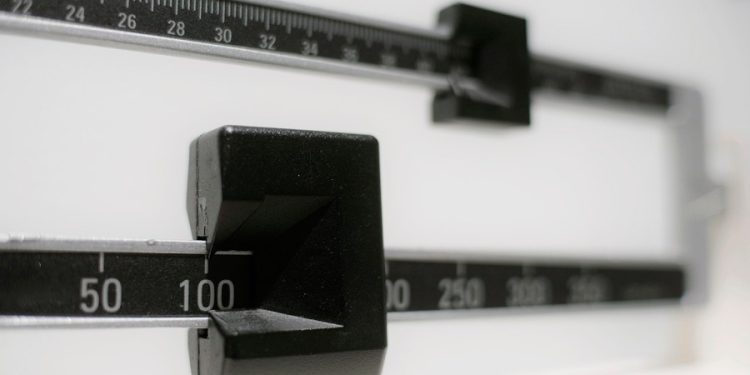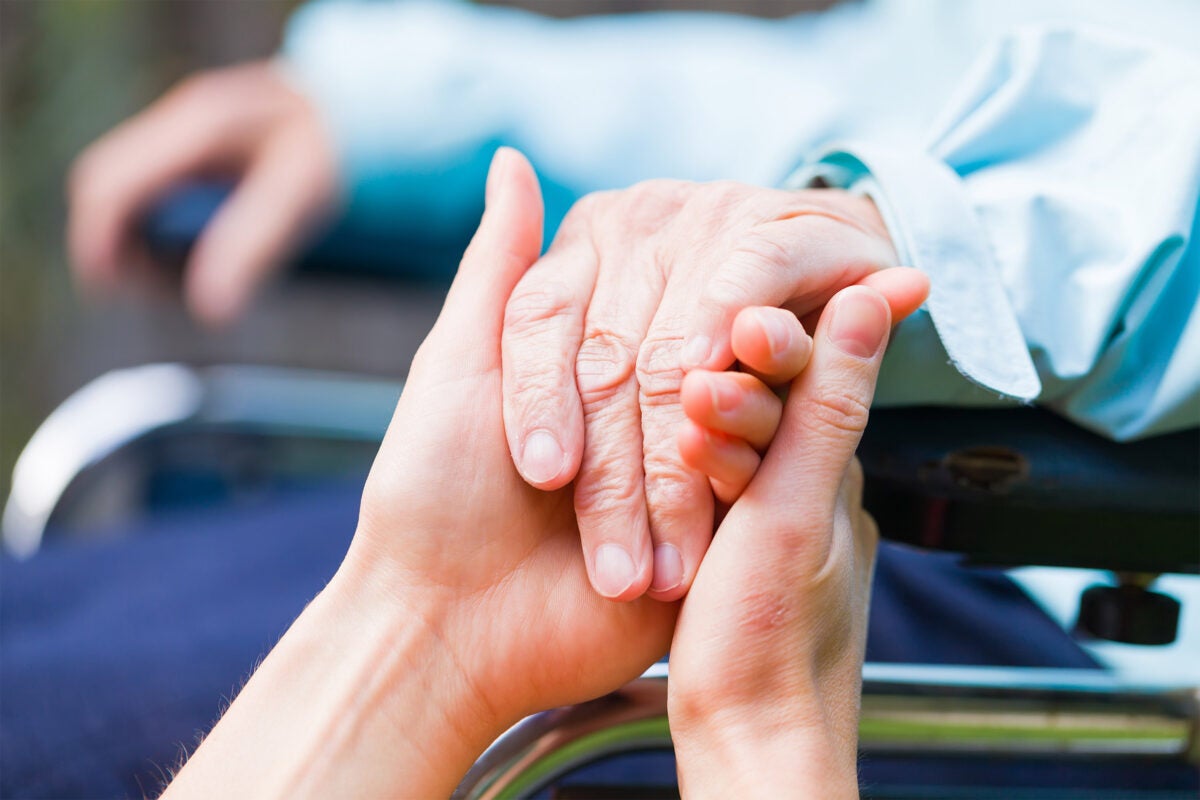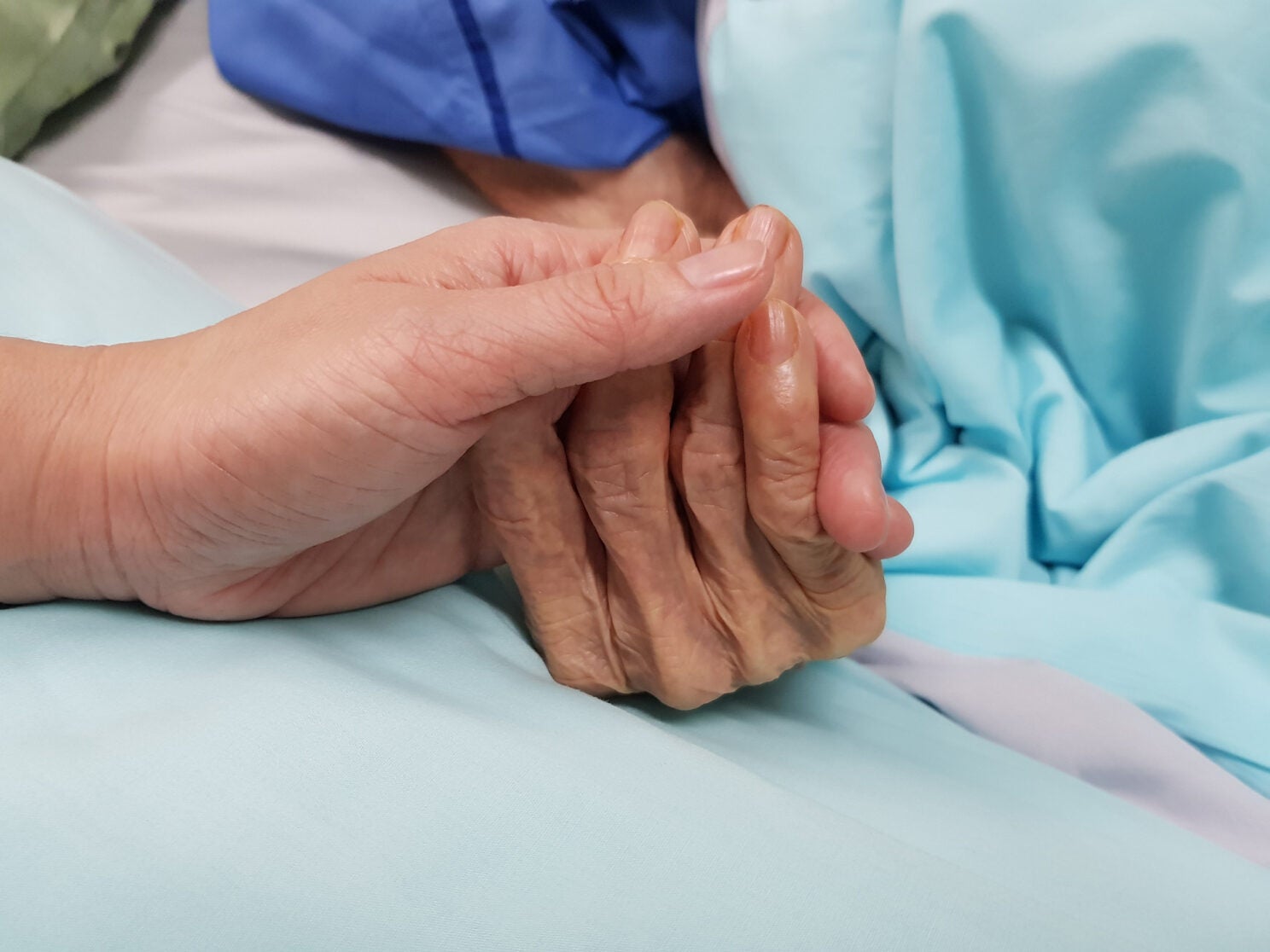The obesity rate in the U.S. has seen a marked decline over the last three years, as the share of Americans who report using GLP-1 agonists for weight loss skyrockets, according to data from Gallup.
In the latest report from the Gallup National Health and Well-Being Index, published Tuesday, 37 percent of American adults are classified as obese, down from the record 39.9 percent reported in 2022. The drop has been gradual: The obesity rate fell to 38.4 percent in 2023, and it fell to 37.5 percent in 2024.
That nearly three-point decline in U.S. obesity over the last three years represents an estimated 7.6 million fewer obese adults, Gallup notes.
Gallup classifies respondents as “obese” if they have a body mass index (BMI) of 30 or higher, consistent with the federal standard for obesity. Gallup uses respondents’ self-reported height and weight to calculate BMI.
The polling firm notes there is likely a “vanity effect” that accounts for Gallup’s slightly lower obesity rates on average, when compared to randomized clinical measurements, but Gallup’s methods have been consistent over the years, so “the trend still provides valuable information regarding changes over time.”
Meanwhile, the latest Gallup report shows the share of Americans who report ever taking an injection for weight loss more than doubling since February 2024, the first and only other time Gallup has asked the question.
In the latest survey, 12.4 percent of Americans say they have taken an injectable for weight loss, more than twice the 5.8 percent rate reported in early 2024.
Women have outpaced men, both in terms of higher GLP-1 use and their declining obesity rate.
Today, 15.2 percent of American women say they’ve ever taken an injection for weight loss, compared with 9.7 percent of American men. Both have more than doubled since early 2024, when 6.9 percent of women and 4.7 percent of men reported having taken a GLP-1 injection for weight loss.
As more women take weight loss injections, they also see a faster decline in obesity, compared with men, since the peak in 2022. The rate among women has dropped 3.5 percentage points to 38.8 percent, and men’s rate dropped 2.3 points to 35.2 percent.
Meanwhile, the same health index shows the rate of diabetes, as determined by those who have ever been told they have the disease by a medical professional, reached an all-time high this year at 13.8 percent. Last year, the rate dropped to 13.4 percent, after reaching the previous peak of 13.6 percent in 2023.
The results are based on combined data from three nationally representative surveys of 16,946 U.S. adults — conducted on Feb. 18-26, May 27-June 4 and Aug. 26-Sept. 3. The margin of error is approximately 0.9 percentage points.















